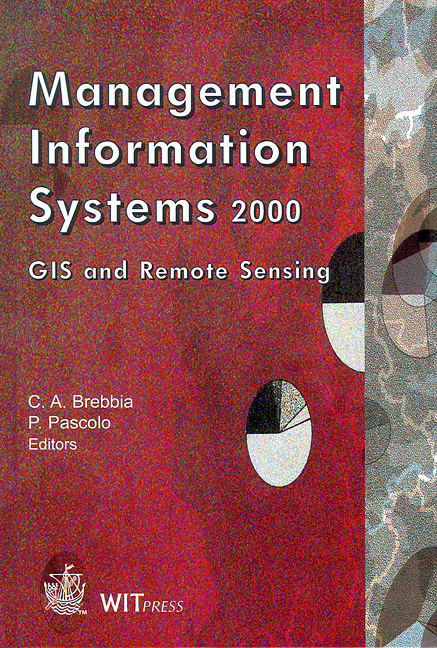A Procedure To Define The Optimal Grid Size For The Exhaustive Extraction Of Hydrologic Watershed Drainage Features From A Digital Elevation Model Using A Raster Geographic Information System
Price
Free (open access)
Volume
24
Pages
10
Published
2000
Size
939 kb
Paper DOI
10.2495/MIS000211
Copyright
WIT Press
Author(s)
D. Cluis, E. Quentin & G. Benie
Abstract
To study the fate of non-point source pollution and other spatial environmental management problems, it is very convenient to generate and to exploit a synthetic representation of the watershed describing the terrestrial and riverine transportation paths of water and contaminants under the action of gravity within a watershed. In raster mode, a drainage algorithm called D8 is often used to identify the flow direction (aspect) from each cell to one of the eight adjacent ones according to the steepest elevation gradient and then to generate the flow accumulation defining a synthetic hydrographic network. Given a specific digital elevation model (DEM), two parameters need to b
Keywords





